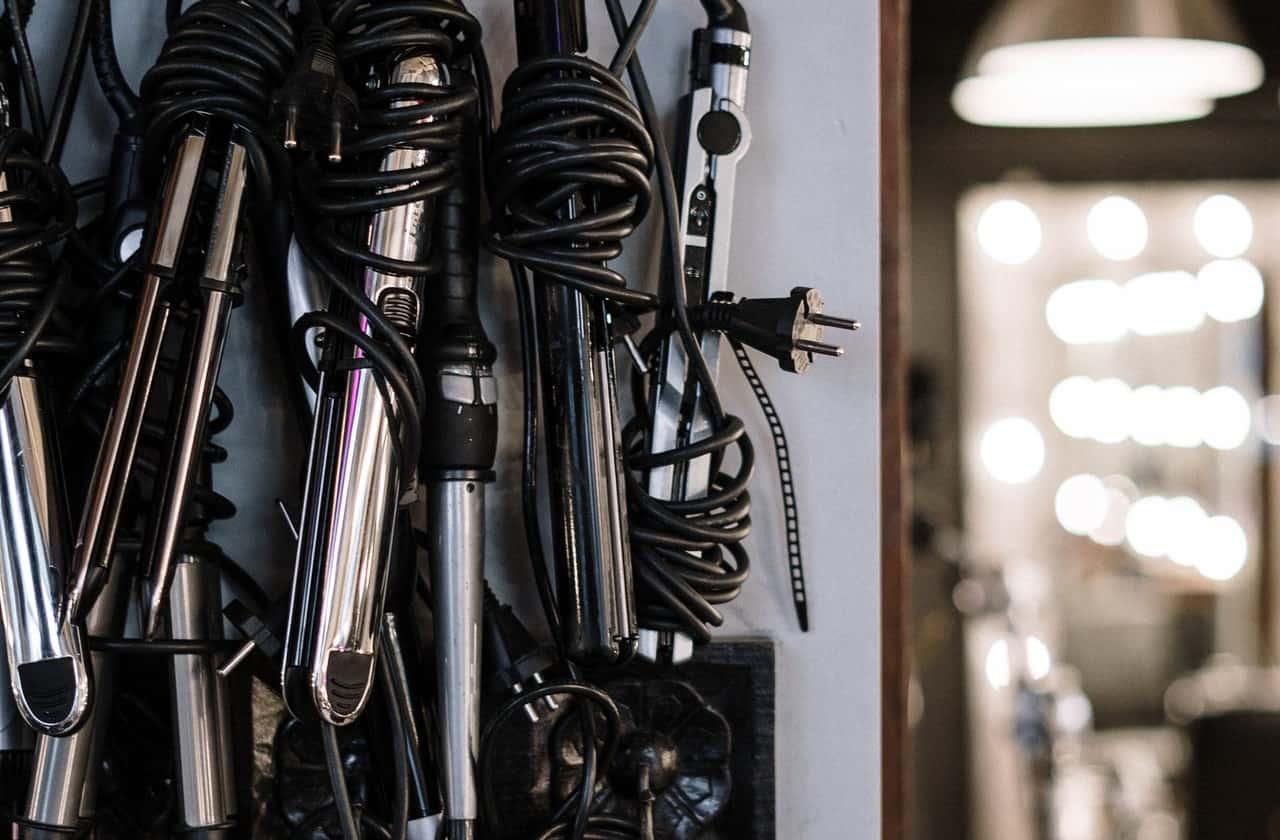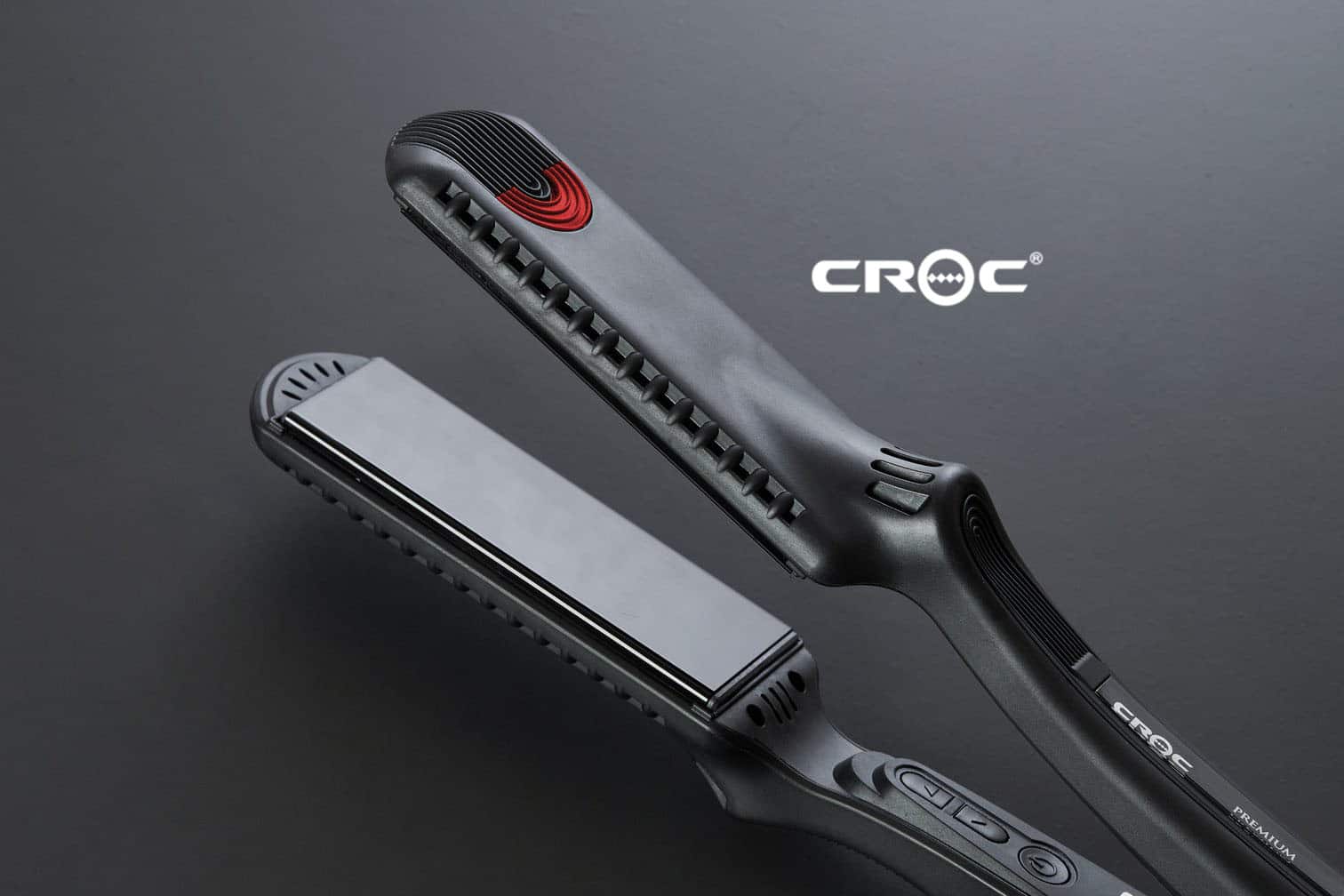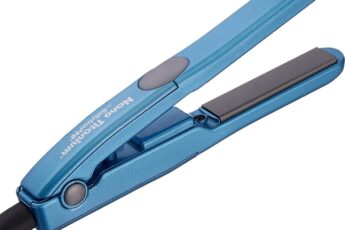Hair straightening is a popular activity today in the 21st century but actually was not common throughout history. In many cultures, straight hair was actually not prized and many individuals sought to have curly or wavy hair. In many others, hair was not supposed to be seen and was kept hidden underneath cloaks, hoods, hats, and religious garments. If it was exposed, it was almost always braided and pinned down to keep it out of a person’s face.
Hair straightening didn’t become a popular activity until the mid to late 19th century when women had more freedom to style their hair. Even then, the practice of styling would not reach middle and lower class women until the end of the century, and men did not adopt the practice until the 1950s.
But how did it all begin?
Table of Contents
A Hot Comb
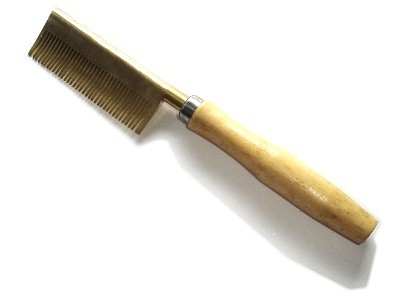
Modern hair straightening began with the invention of the hot comb. The hot comb was first invented in France by a hairdresser named Francois Marcel Grateau. Grateau realized many of his Parisian clients wished to emulate the fine, straight hair often seen in old portraits of the ancient Egypt. To attain this look, he started to use heated iron combs and discovered that the heat helped the strands of hair to realize and straighten. This look would remain for several hours up to a few days depending on an individual’s hair time.
A man named Elroy J. Duncan brought the heated combs to the United States and started to manufacture a product that quickly hit the market. Sometimes these old devices were called pressing combs. They were originally market to men to help with grooming mustaches and beards, and then to women to help them obtain straight, wispy hairstyles that were popular on some of the most famous actresses.
Madame C.J. Walker
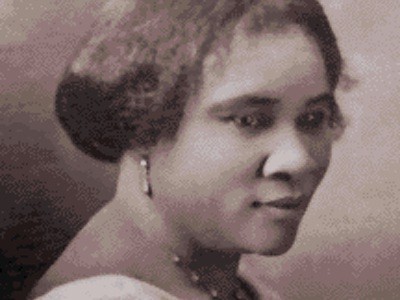
For people who have not heard of her, Madame C. J. Walker was the first black female millionaire in the United States, a self-made woman who made a fortune marketing hair straighteners and other products to an audience typically ignored by beauty standards in the nation – black women. She bought hot combs from different manufacturers, made some modifications, and then sold them specifically to black women through marketing. She also made and sold other products designed specifically to treat, moisturize, strengthen, and style the unique hair type common on black women. While many mistakenly credit her with inventing or fine-tuning the hot comb, she actually did not and never claimed to have done so.
The Modern Hair Straightener
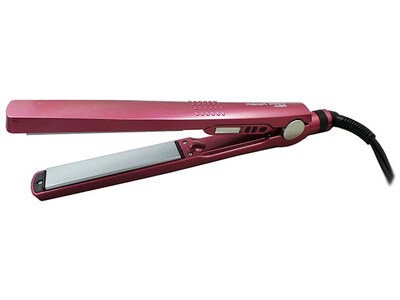
So, over time the hair comb became two pieces of metal connected to one another that could be heated over a fire or another heat source. These models were produced between 1912 and 1914. Although some companies claimed that they had made a hair straightener that was self-heating, the first patented model would not appear until the 1920s, when electricity in buildings was more common.
Ever since the 1920s, inventors – primarily hairdressers and others with an intimate knowledge of haircare – have improved the original patents of the modern hair straightener. Some of the modern additions have been the improvement of electrical flow, greater heat control, and some extra protection to prevent burning hair follicles or ripping out hair.
Some products created to go with these hair straighteners include products and creams that can be spread throughout hair before heat is applied. These products improve the effects of straighteners, help protect hair from heat, and can make the straightened hair easier to style. Many of these products emerged during the 1950s, 1960s, 1970s, 1980s, and 1990s. There have also been significant technological developments during the last two decades.
Chemical Straighteners
Around the same time that the hair straightener was invented, women and hairdressers relied on caustic chemical straighteners that made hair limp. The first one was used around 1909 and was called a hair relaxer. These products went on the market fast and were called hair straightening creams. These could be spread through the hair, eliminating the strands’ original tensile strength and uncurling each hair. While these became popular, they were actually quite dangerous, often resulting in hair loss and scalp burns or damage. It would take many decades for these chemical straighteners to become more safe to use.
Conclusion
The modern hair straightener was not invented until the 20th century when an individual realized you could combine the technology used in hot combs to more easily straighten unruly or curly hair. It often surprises individuals just how recently this process was developed, especially since so many people like to straighten their hair. It all began with simple brushing, then shifted to the hot comb – with important modifications by Madame C.J. Walker, before finally resulting in a press using two hot sheets.
Chemical methods of straightening also developed, but were generally unsafe and ignored by many. Electric versions would not appear until later, and are now one of the most popular tools in hair styling worldwide! It’s amazing to consider how hair straightening products will change over time in the upcoming decades.
What’s Next
Now that you know how hair straighteners were created, you can appreciate just how simple the process of doing hair is in the 21st century. After all, you no longer have to visit a special salon to get your hair straightened, have fewer fears and concerns about burning your hair away, and can even find specialty products suited to your hair type.
If you would like more interesting historical facts like this, as well as fun tips, tricks, and product reviews, check out our homepage. We regularly post new content relevant to haircare.
See all the best hair straighteners here!
0
